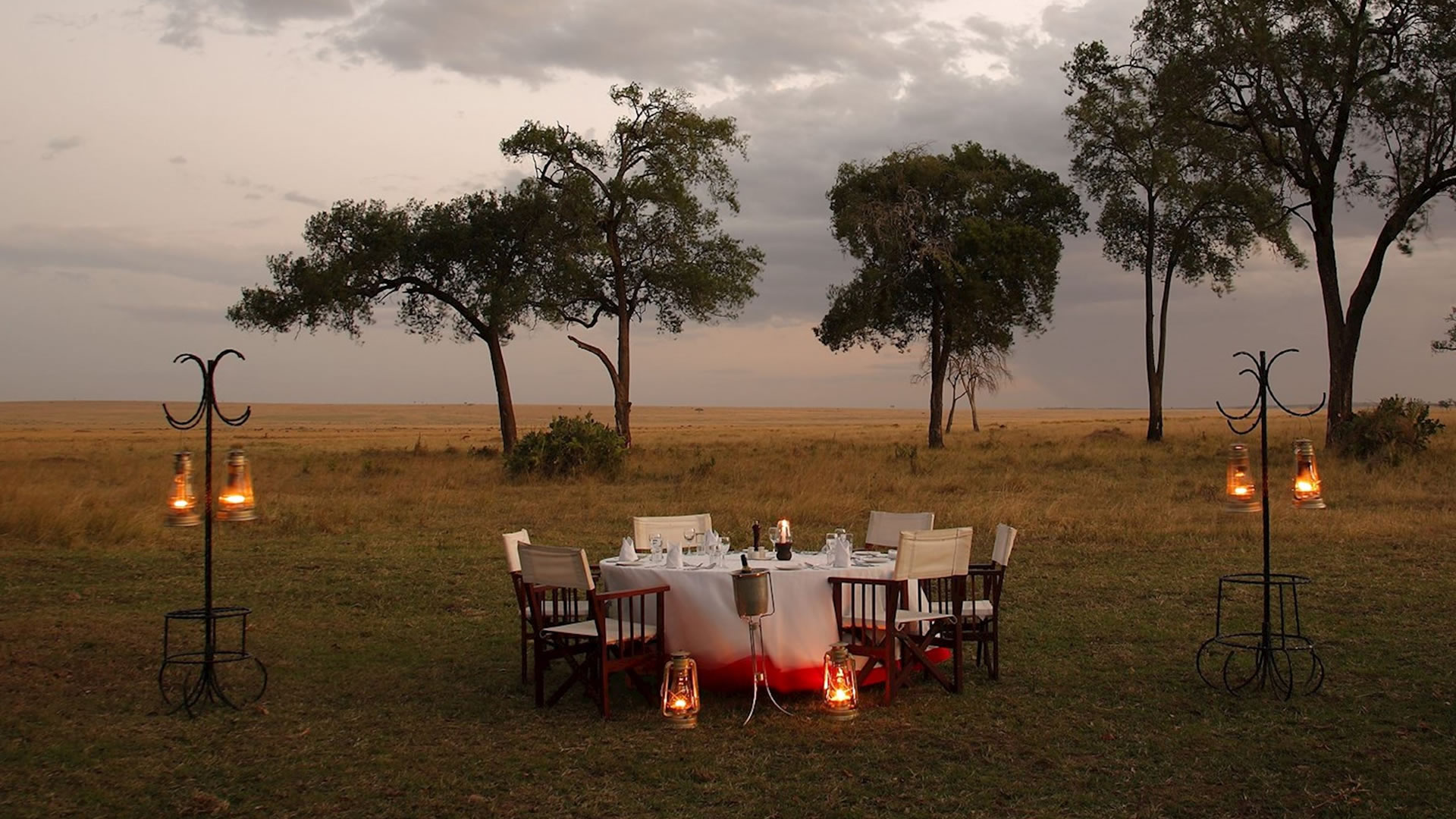
3 Days Mara Adventure
Highlight: Wildebeest Migration
View ItineraryPick up from Arusha Town or Kilimanjaro International Airport and transfer to Moshi Town, which is commonly known as the gateway to Mount Kilimanjaro. Half board accommodation at a base Hotel in Moshi.
Register at the Marangu Park Gate with a transfer (approximately 2 ½) to the Rongai trailhead. Meet your guide and porters before you begin your hike from the Nale Moru village. The small winding path crosses maize fields before entering pine forest, and then climbs gently through a forest. The trail is not at all steep but is rather a gentle hike through beautiful country. The first night’s camp is at First Cave, at about 2600m. There is a toilet and a wooden table with benches but no hut. Water can be found just down the trail below First Cave.
The trail continues up towards Kobi, passing Second Cave (3450m) en route, and reaching Kikelelwa Cave at about 3600metres. The views start to open up and you begin to feel you’re on a really big mountain. Waters in the obvious stream below the cave, although you might have to wander downhill a way to find some, you will have overnight stay at Kikelelwa Cave Camp.
A short but steep climb up grassy slopes offers superb views of this wilderness area. The vegetation zone ends shortly before you reach your next camp at Mawenzi Tarn spectacularly situated beneath the towering spires of Mawenzi. Spend the afternoon acclimatizing and exploring the area.
Habitat: Alpine Desert Continue ascending on the east side of Kibo crossing the saddle between Mawenzi and Kibo taking 4 to 5 hours to reach Kibo Hut. The remainder of the day is spent resting in preparation for the final ascent, which begins at midnight. You will have an overnight stay at Kibo Camp.
You will rise around 2330hrs, and after some tea and biscuits you will shuffle off into the night. This is where the going really gets tough. The first section of the trail consists of a rocky path to the Hans Meyers Cave (5150m), also a good resting spot. The path then zigzags up to Gillman’s Point (5681m), which is located on the crater rim. This sections us very steep with a lot of stone scree, requiring a great physical and mental effort. This is probably the most demanding section of the entire route. Do the Kilimanjaro shuffle and move slowly. From Gillman’s Point you will normally encounter snow all the way up to Uhuru Peak (5895m), the highest point in Africa. Total exhilaration and satisfaction – you made it. Weather conditions on the summit will determine how long you can spend taking photographs before the 3 –hour descent back to Kibo hut. After a short rest you will gather all your gear for the ascent and head down to Horombo hut (3 hours) where you will stay overnight. The return to Horombo hut will seem surprisingly fast compared to the ascent. The total time spent walking on this day is around 14 hours, so be prepared for a very tough day. Later in the evening you will enjoy your last dinner (with some soft drinks and beer for sale at the camp office) on the mountain and well-earned sleep, filled with memories and stirring emotions.
After breakfast you will continue your descent (6 hours), passing the Mandara hut, down to the Marangu gate. At Marangu gate you will sign your name and details in a register. This is also where successful climbers receive summit certificates. Those climbers who reached Gillman’s Point (5685m) are issued with green certificates and those climbers who reached Uhuru Peak (5895m) receive gold certificates. You now drive back to Moshi for a long overdue hot shower, dinner and celebrations!! Accommodation at a base Hotel in Moshi
After breakfast, you will be transferred back to Arusha Town.

Highlight: Wildebeest Migration
View Itinerary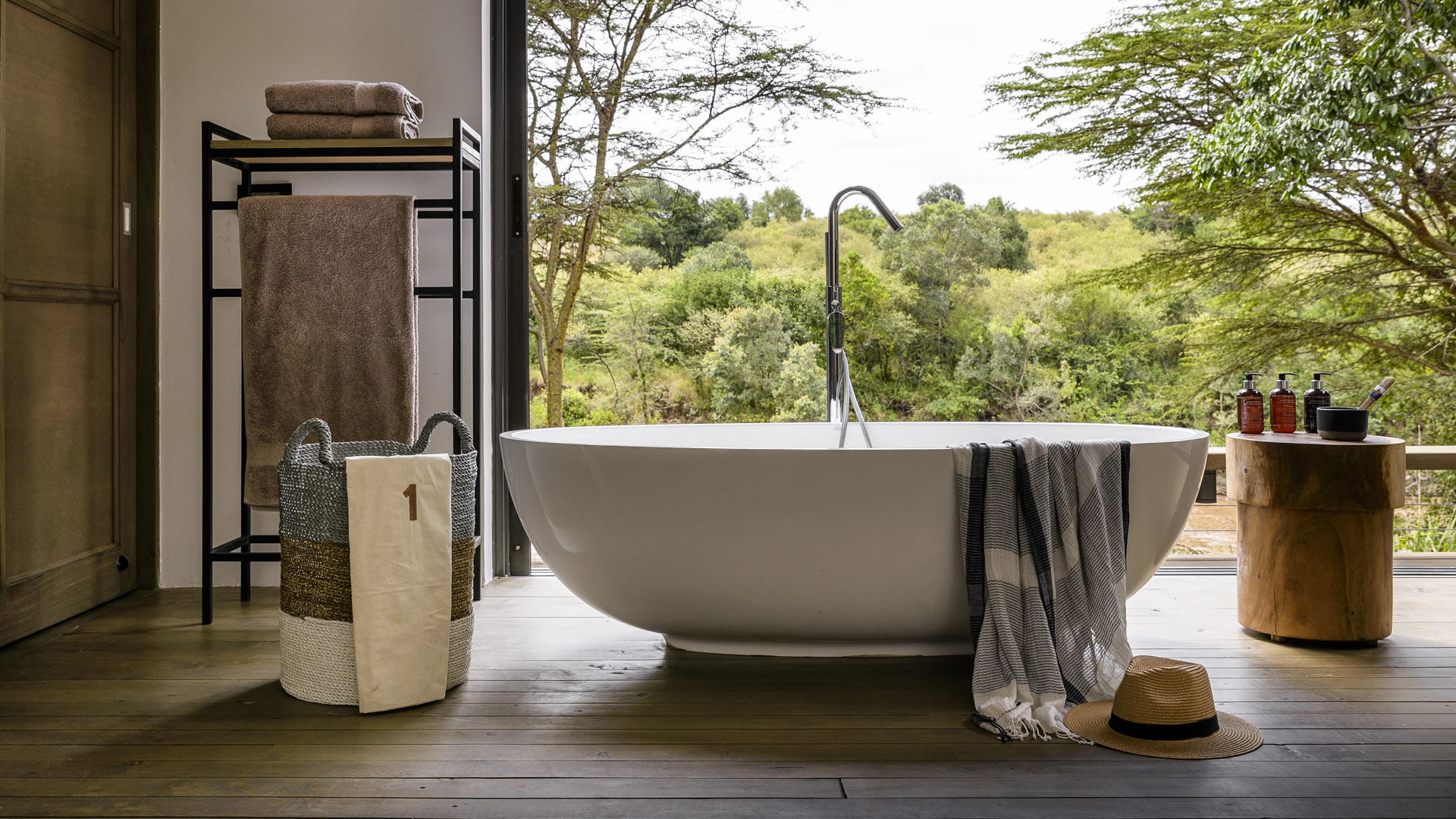
Highlight: The Big Cats
View Itinerary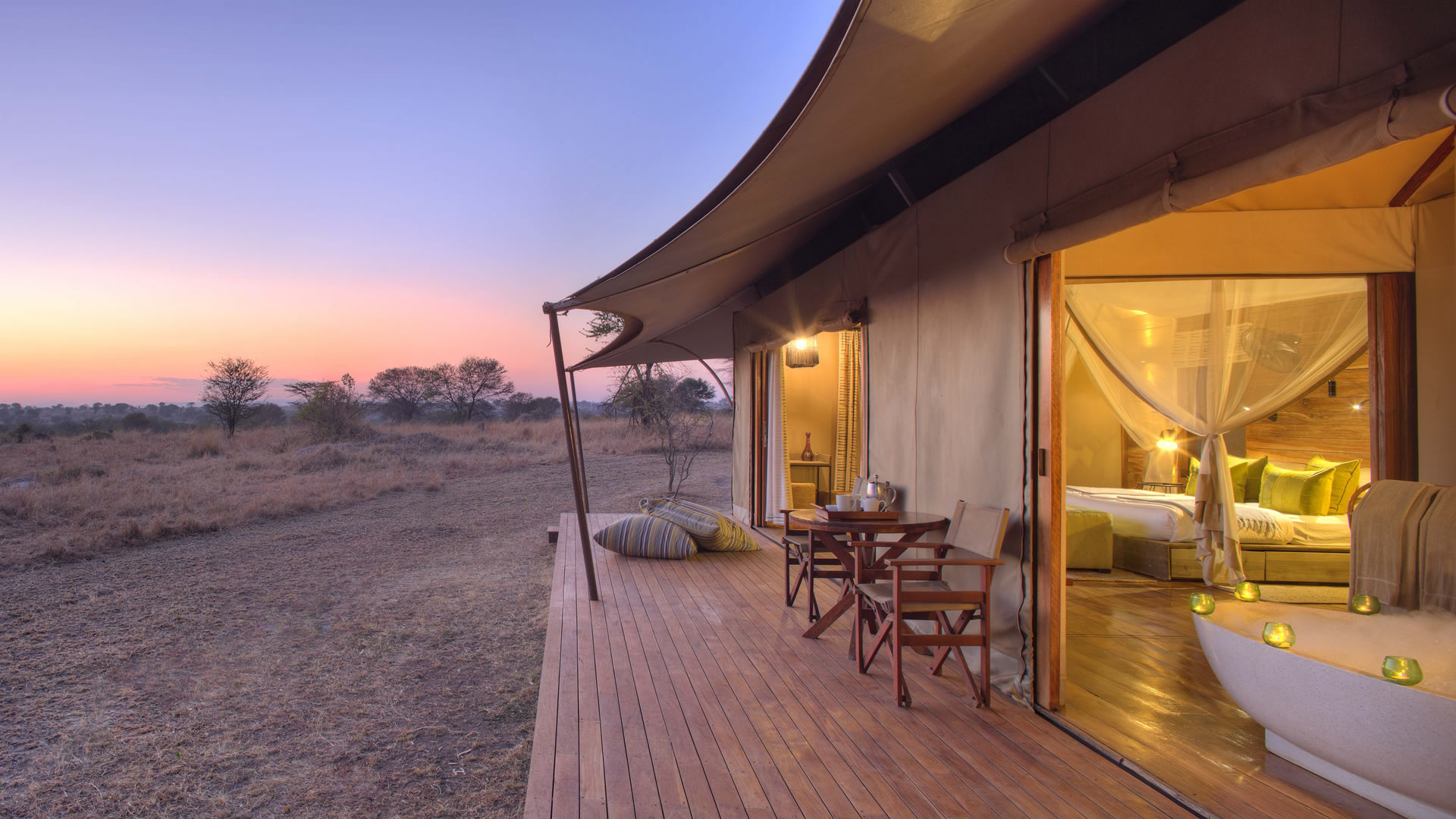
Highlight: Mara & Ngorongoro
View Itinerary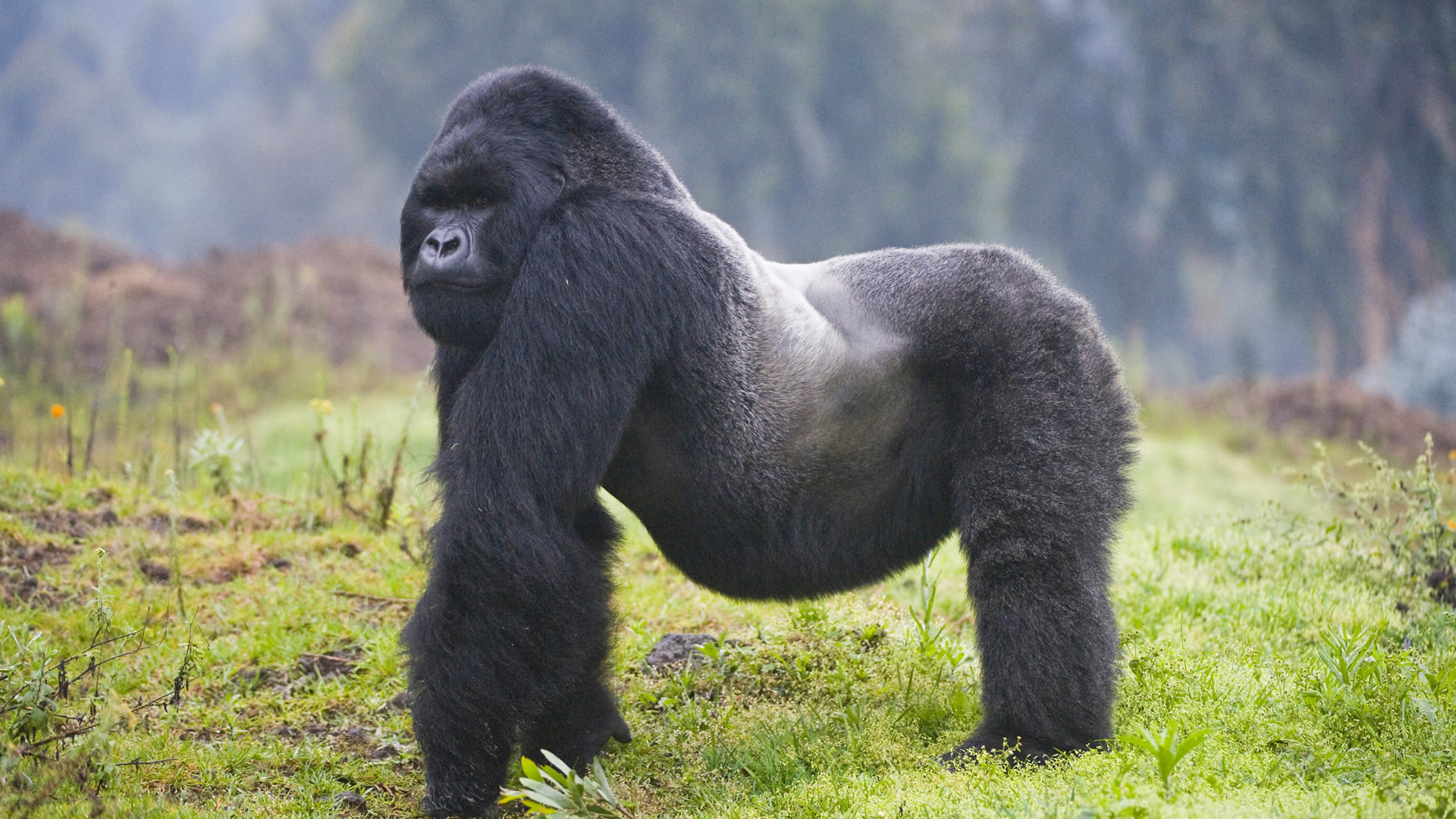
Highlight: Mountain Gorillas
View Itinerary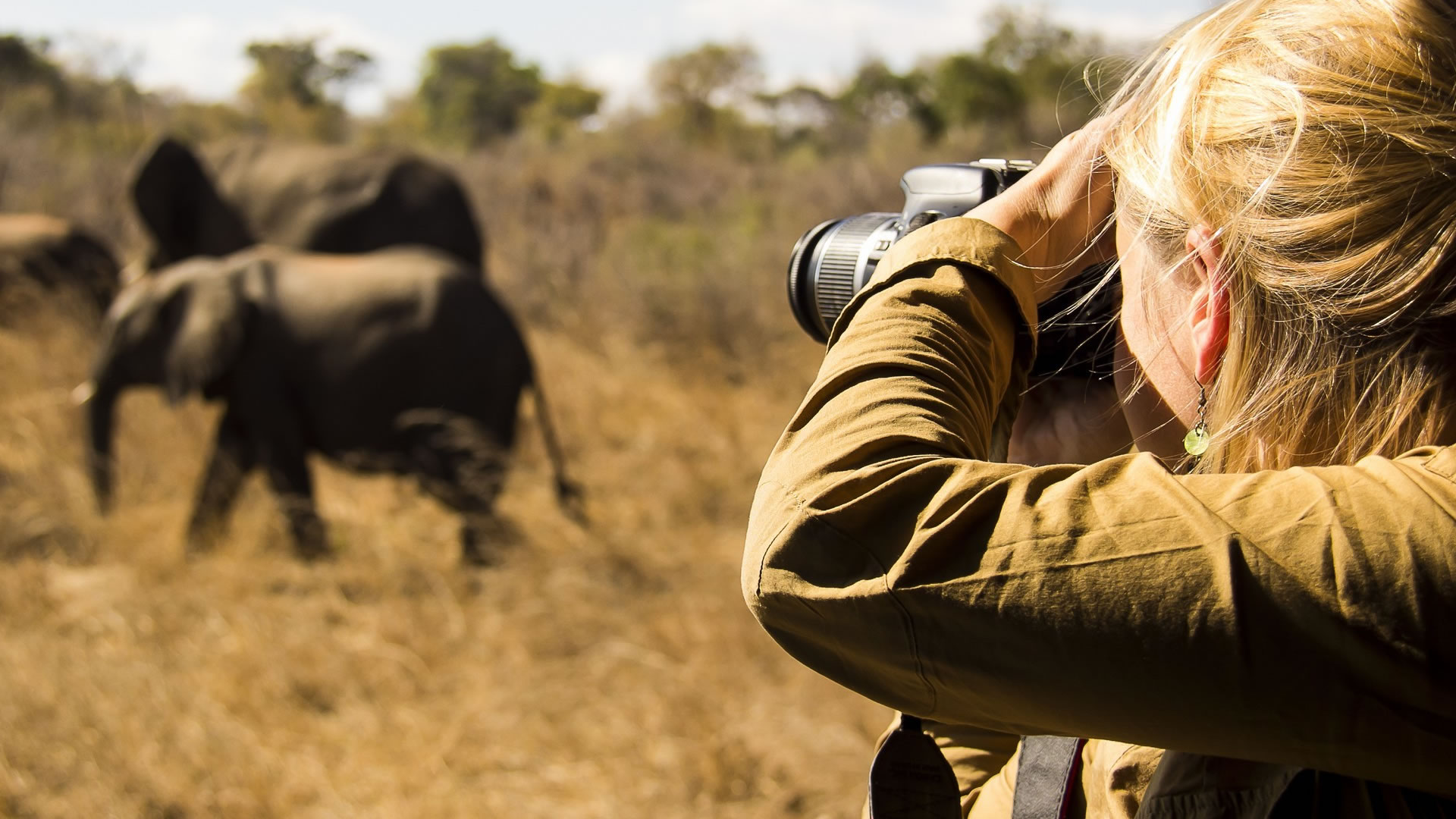
Highlight: Samburu
View Itinerary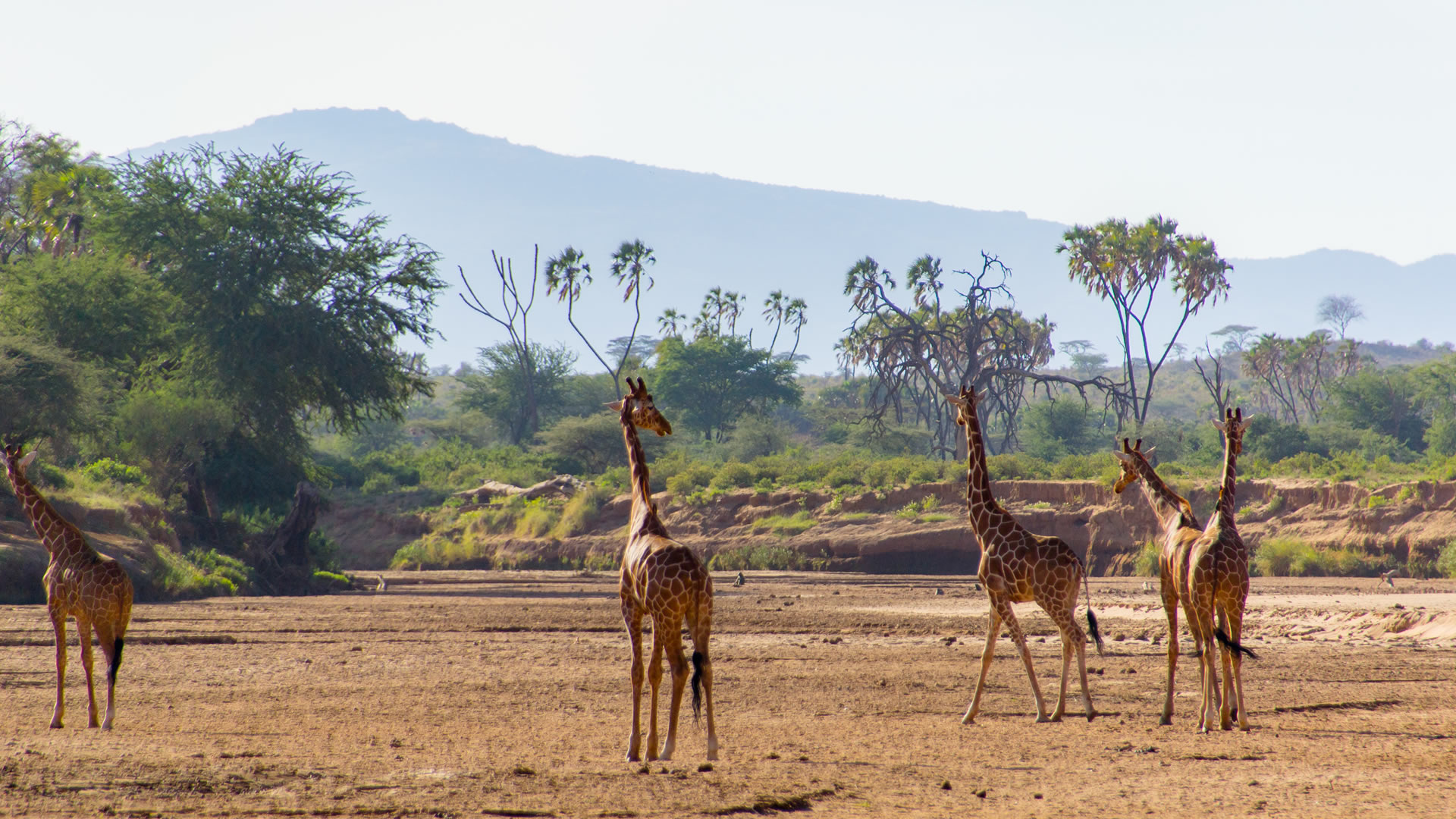
Highlight: Wilderness North
View Itinerary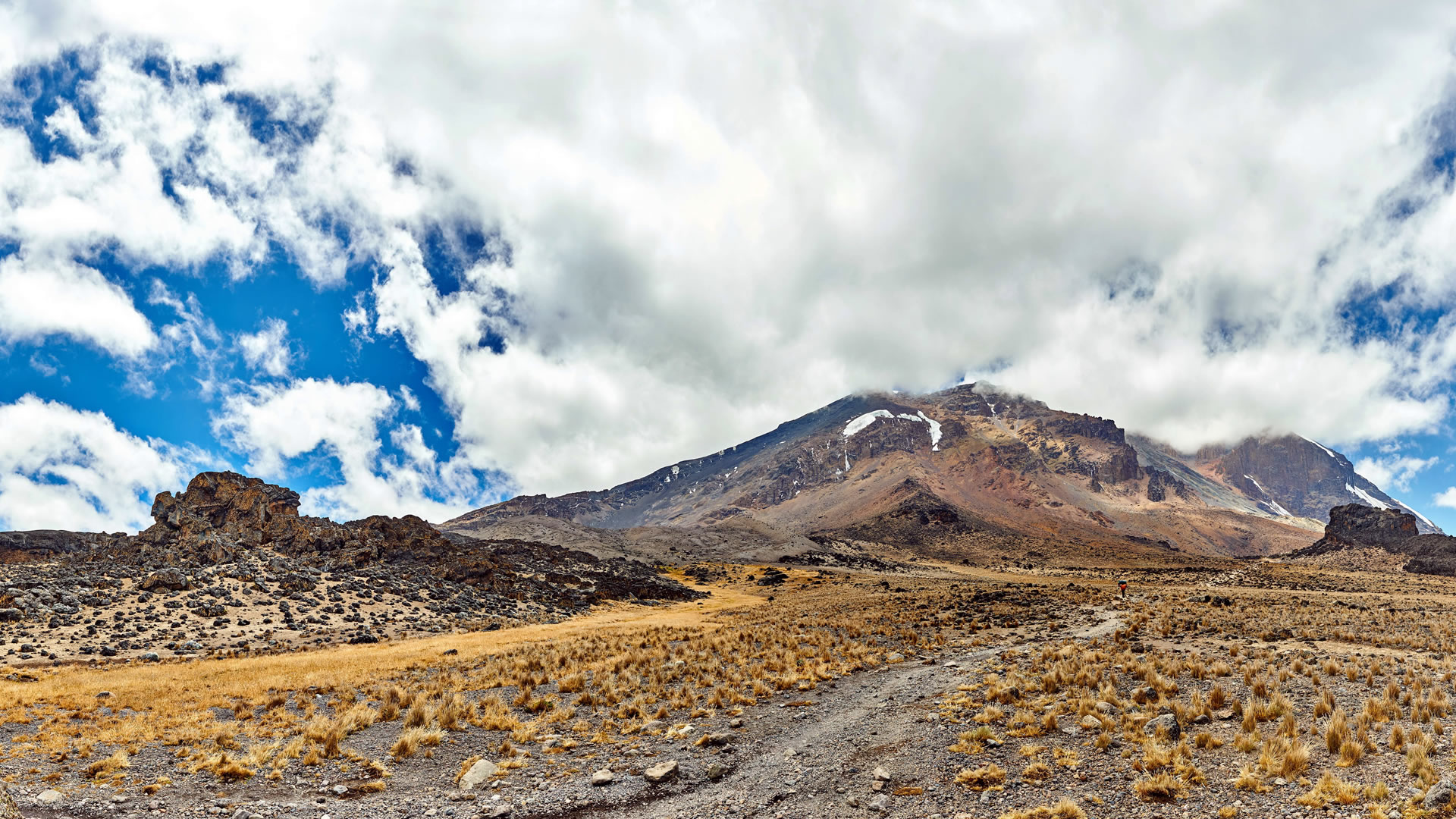
Highlight: Mt. Kilimanjaro
View Itinerary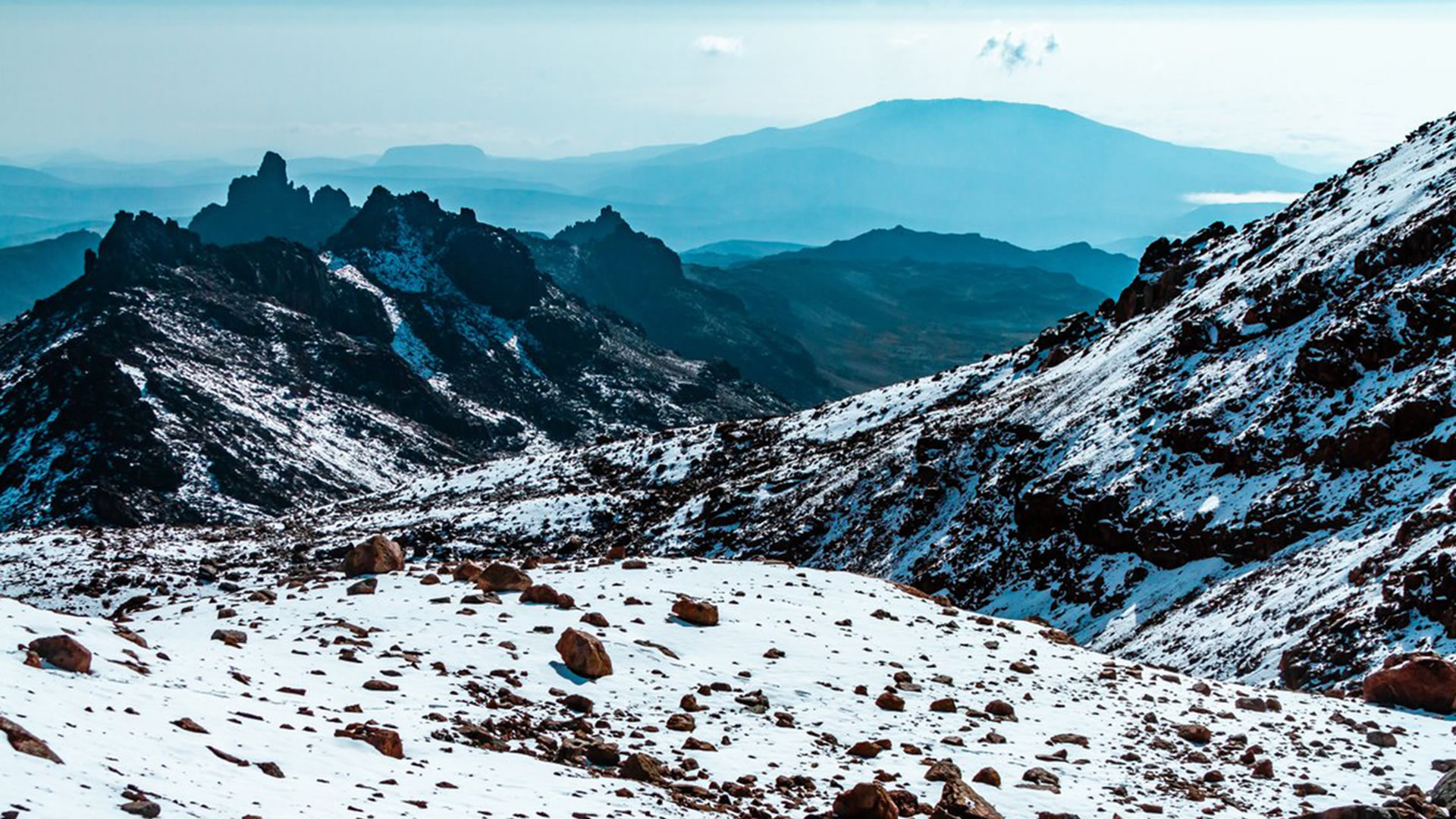
Highlight: Mt. Kenya
View Itinerary